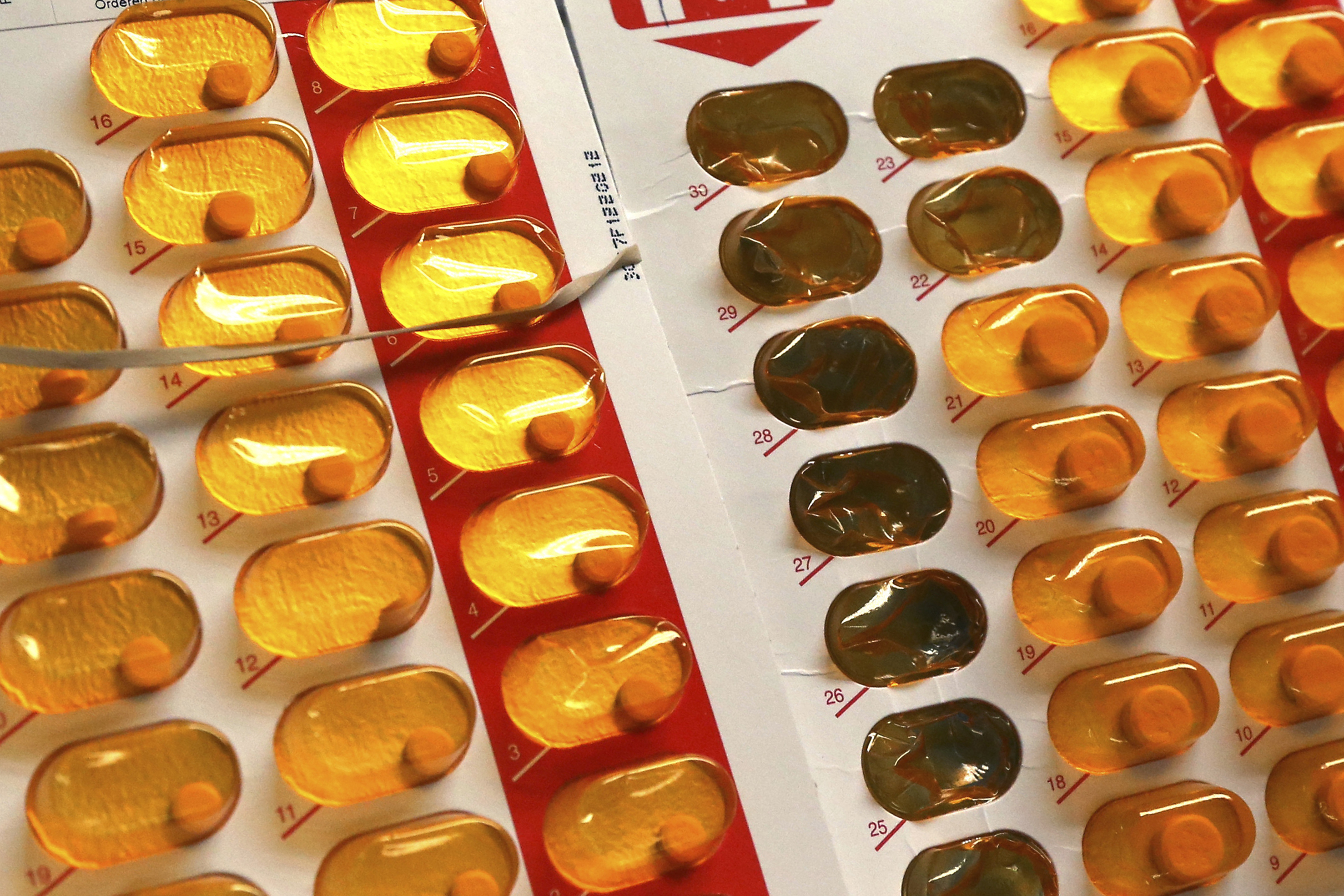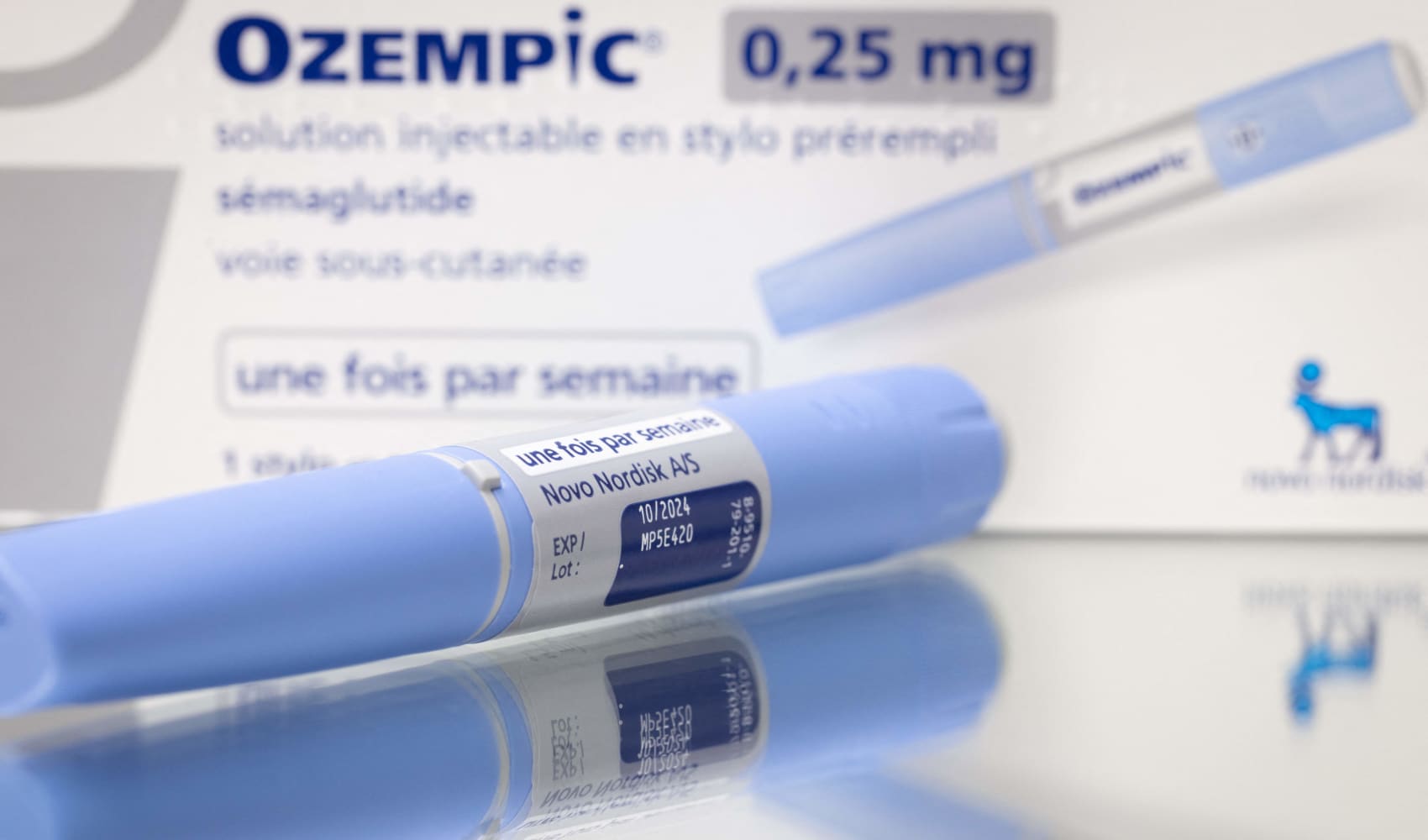Ever think about how many steps you actually take a day? Unless you have a pedometer attached to your hip, chances are you’re not counting the steps -- you’re either mindlessly thumbing your Blackberry or ticking off items on your mental things-to-do list, instead.
According to thewalkingsite.com, a person should aim for 10,000 steps per day or walk the equivalent of five miles. But not everyone’s able to go the distance, as the average person walks anywhere from 1,000 to 3,000 steps -- an amount significantly lacking in mileage. So, it’s not surprising that sports apparel companies are taking note of this statistic and revamping the walking shoe for an added kick: a specially engineered shoe that intensifies the walker’s stride, requiring the wearer to engage in increased muscle stimulation.
So what are some of the options?
Sketchers advertises its latest fitness shoe Shape-ups as a shoe that, simply put, shapes up the walker who wears it. The company beckons both female and male walkers to step into the shoe with the lure of firmer buttocks muscles, improved posture, tighter leg and abdominal muscles, and even weight loss. “Shape up while you walk,” boasts Sketchers, “perfect for a busy on-the-go lifestyle.”
What makes this shoe different from your basic walking shoe? Well, Sketchers attributes the rounded, four-layer sole of the shoe as mimicking the sensation of walking on sand. The first layer, the sockliner of the sole, wicks moisture away and is antibacterially treated. The midsole and kinetic wedge provide foot support and shock absorption. The outsole, the fourth layer, serves as a mechanism to force walkers into the next step.
“Shape-ups will probably feel a little awkward at first,” the web tutorials claim. “So like with any new exercise regime, start out with short periods of practice. 25 to 45 minutes is just about right.” (Yes, there really is an online tutorial for the shoe, complete with how-to-do-it exercises.) The site further instructs shoe wearers to stand with feet parallel and to find center of balance when walking.
The Reebok EasyTone also promises tighter glutes and leg muscles if you lace up in their shoe for low impact physical activities like walking. The sole of the shoe is engineered with pockets of air and therefore requires more physical exertion with each step.
Health
Reebok also offers a shoe to those who may want to quicken their pace: the RunTone. Flip the shoe over and you’ll see eight grooved, oval-looking patterns. The bottom of the sole isn’t designed for mere aesthetics, though. Instead, the eight ovals are air pockets, similar to those on the EasyTone, that support the motions of a runner while simultaneously increasing muscle use.
The FitFlop (namely, a flip flop) is similar to the sneakers as it promises a workout with its Microwobbleboard technology, increasing muscle activation of the wearer, as well. The sole of the flip flop is divided into three parts: the high density heel section, low density midsection and mid density toe cap. The midsection creates instability for the wearer when walking, which increases leg muscle usage up to 16 percent. Celebrities, among the likes of Chelsea Clinton and Julianne Moore, have been seen trotting around in them.
The benefits of the FitFlop aren’t purely for muscle toning though. The shoe is approved by the American Podiatric Medical Association and wearers have seen relief from osteoarthritis, scoliosis and restless leg syndrome, among other complications. Don’t fear the approaching cooler seasons, either -- the company also offers boots to keep your toes toasty and your glutes toned.
As technology advances and our everyday necessities become more, well, advanced, it’s inevitable that companies would begin to reconsider the one item we wear every day. Remember the days when the walking shoe was mere leather and rubber stitched together? (Keds, anyone?) We’ve come a long way from your grandmother’s walking shoe, that’s for sure.



